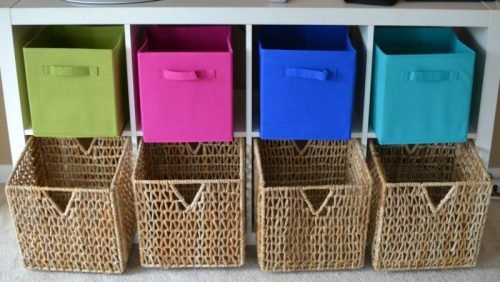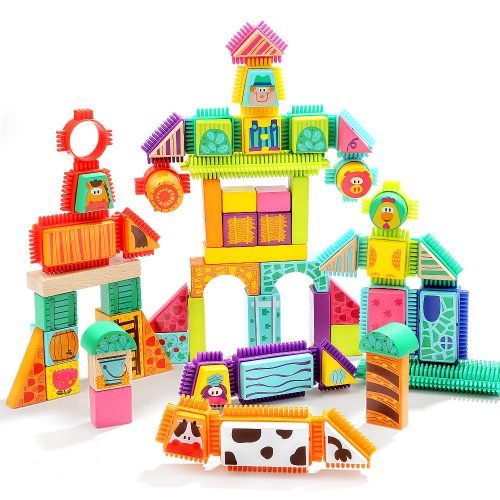
Kids these days have much more toys than ever. It is not a thing that a store selling toys should say but we are just being honest. And despite the notion that lots of toys brings hours and hours of fun, the truth is that kids with too many toys often become overwhelmed, frustrated, and even bored. It is a good strategy of you can cut down on purchases, but parents are not the only one contributing to toys pile up. Decluttering is a way to solve this issue, but Toy rotation seems to be the best strategy.
Toy rotation is simple. You choose a small selection of toys for your child to play with and box up the rest.
At regular intervals, you’ll swap the current toys for and the ones you stored away. Your child will enjoy the “new” toys, and she’ll spend more time actually playing and less time weeding through piles of toys. We will try to outline the benefits and the technics
Benefits of Toy Rotation
Toy rotation improves concentration and helps to develop a child’s focus, creating a longer attention span. Less is more and toy rotation helps avoid clutter and help in speeding tidying up. A tidy environment for children is also beneficial as they won’t be as overwhelmed by the choice of too many toys and know how to help you pack up. Having less toys means it is easier for them to remember where it came from. Children will be engaged in more meaningful and focused play.
It also fosters creativity as kids need to find new ways to use the same toys when they start to get bored. Boredom is good, it helps build their imagination and creative skills.
Toy rotation also helps to increase the life of a toy no matter whether it is open ended or not. Taking it away and bringing it back every few weeks or a month later repeatedly means it is kept and enjoyed for longer as every time it comes out it feels new to them.
How do you do it?
Divide the toys into categories:
- Thinking toys – These toys target cognitive development and usually encourage development of fine motor skills as well. They include toys like puzzles, games, brainteasers and shape sorters.
- Art and creation toys – Paper and crayons, coloring books, paint, clay, play dough, crafts and other art supplies.
- Active movement toys – These toys target gross motor movements. They include toys like balls, swings, ride-on toys, tricycles, sports equipment and climbing toys.
- Building toys – These toys encourage fine motor development. Stacking blocks, nesting cups, Legos, bristle blocks.
- Musical toys – Small pianos, shakers, wind instruments, drums, rain sticks, tambourines.
- Pretend Play – These toys target social and emotional development and language skills as your child acts out stories she’s made up. They include things like kitchen sets, car sets, fire stations, stuffed animals, or dress-up clothes.
Then make sets of toys by choosing no more than 2-4 toys per category and putting them into separate boxes. (if you don’t have a place you can just make an excel sheet and keep track of what goes with what and when.)
Try to give each box/set a variety of toy options while keeping the total number of toys manageable. You might have anywhere from two to four rotation boxes. Number the boxes to make rotation easy, and jot down a quick description of what’s in each box for future reference. Find an easy-to-access location to store the boxes that are out of your child’s sight.








[…] De-clutter. It might be counter intuitive but lots of toys can block creativity and increase boredom. Kids can’t keep track of what they have and most toys will go unused for log times (forever many times). The solution is very simple, you can read our post about toy rotation. […]